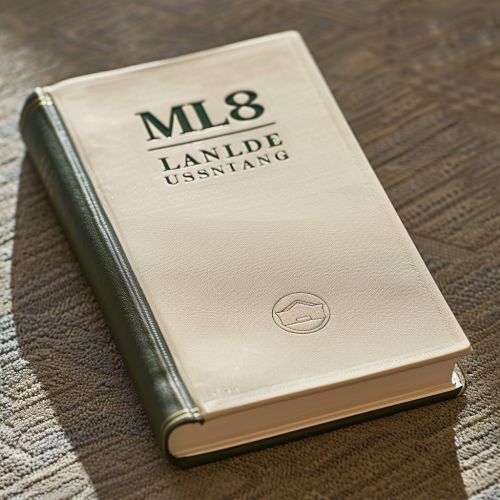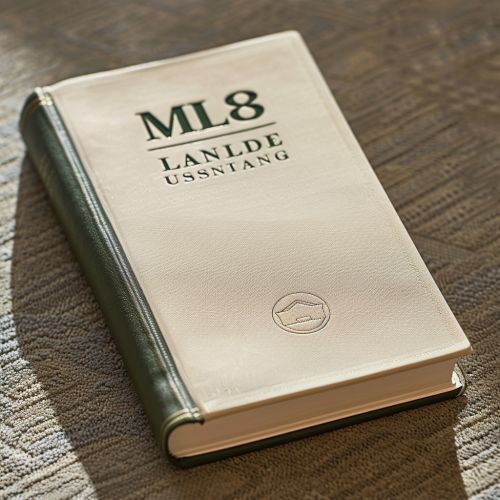MLA Handbook
Overview
The MLA Handbook is a comprehensive guide for writers, researchers, and students in the humanities, particularly in the fields of literature, cultural studies, and language studies. Published by the Modern Language Association (MLA), the handbook provides detailed guidelines on academic writing, citation, and formatting. Its primary purpose is to ensure consistency and clarity in scholarly communication.
History
The MLA Handbook has evolved significantly since its first edition in 1977. Initially titled "MLA Handbook for Writers of Research Papers, Theses, and Dissertations," it was created to standardize the formatting and citation practices in the humanities. Over the years, the handbook has undergone multiple revisions to address the changing needs of the academic community and advancements in digital publishing.
Editions and Updates
The MLA Handbook has seen several editions, each incorporating new rules and guidelines to reflect contemporary research practices. The most recent edition, the 9th, was published in 2021. Each edition has expanded on previous guidelines, providing more comprehensive instructions on citing various types of sources, including digital media, social media, and multimedia content.
Structure and Content
The MLA Handbook is divided into several key sections:
Research and Writing
This section covers the fundamentals of academic research and writing. It includes guidelines on selecting a research topic, conducting literature reviews, and organizing research findings. The handbook emphasizes the importance of critical thinking and analytical skills in producing high-quality academic work.
Plagiarism and Academic Integrity
The handbook provides detailed instructions on avoiding plagiarism and maintaining academic integrity. It outlines the ethical considerations in using and citing sources, emphasizing the importance of proper attribution and the consequences of academic dishonesty.
Citation and Documentation
One of the most critical sections of the MLA Handbook is its guidelines on citation and documentation. It provides a comprehensive framework for citing various types of sources, including books, journal articles, websites, and multimedia. The handbook introduces the concept of "container" to help writers understand the hierarchical structure of sources and how to cite them accurately.
Formatting Guidelines
The handbook offers detailed instructions on formatting academic papers. This includes guidelines on margins, font size, line spacing, and the use of headings and subheadings. It also provides templates for the title page, abstract, and works cited page.
In-Text Citations
The MLA Handbook outlines the rules for in-text citations, which are used to give credit to sources within the body of the text. It explains the use of parenthetical citations and the importance of including the author's name and page number. The handbook also addresses how to handle multiple authors, anonymous works, and indirect sources.
Works Cited Page
The "Works Cited" page is a crucial component of any academic paper. The MLA Handbook provides detailed guidelines on how to format this page, including the order of entries, punctuation, and the use of italics and quotation marks. It also explains how to handle complex sources, such as multi-volume works and translated texts.
Special Topics
Digital and Multimedia Sources
With the rise of digital media, the MLA Handbook has expanded its guidelines to include the citation of online sources, social media posts, and multimedia content. It provides specific instructions on how to cite blogs, tweets, YouTube videos, and other digital formats, ensuring that writers can accurately attribute these sources.
Annotated Bibliographies
The handbook also covers the creation of annotated bibliographies, which include a summary and evaluation of each source. This section provides guidelines on the structure and content of annotations, helping writers to create comprehensive and informative bibliographies.
Inclusive Language
The MLA Handbook emphasizes the importance of using inclusive and non-discriminatory language in academic writing. It provides guidelines on avoiding biased language and ensuring that writing is respectful and inclusive of all individuals and groups.
Practical Applications
Academic Writing
The MLA Handbook is widely used in academic writing, particularly in the humanities. It provides a standardized framework for formatting papers, citing sources, and maintaining academic integrity. This ensures that academic work is clear, consistent, and credible.
Publishing
Many academic journals and publishers in the humanities require submissions to adhere to MLA formatting and citation guidelines. This ensures that published work meets the highest standards of scholarly communication and is accessible to a broad audience.
Education
The MLA Handbook is an essential resource for students and educators. It provides clear and comprehensive guidelines on academic writing, helping students to develop their research and writing skills. Educators use the handbook to teach proper citation practices and to ensure that students understand the importance of academic integrity.
Criticisms and Controversies
While the MLA Handbook is widely respected, it has faced some criticisms and controversies. Some scholars argue that its guidelines can be overly prescriptive and may stifle creativity in academic writing. Others have raised concerns about the complexity of its citation rules, particularly for digital and multimedia sources. Despite these criticisms, the MLA Handbook remains a vital resource for writers and researchers in the humanities.
Future Directions
The MLA Handbook continues to evolve to meet the changing needs of the academic community. Future editions are likely to address emerging trends in digital publishing, open access, and interdisciplinary research. The handbook will continue to provide comprehensive and up-to-date guidelines, ensuring that it remains a valuable resource for writers and researchers.
See Also
Categories


